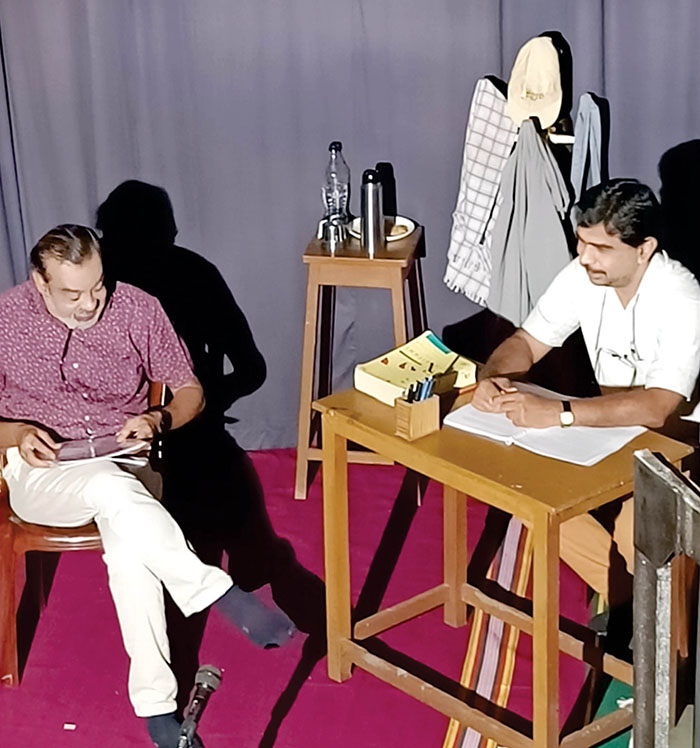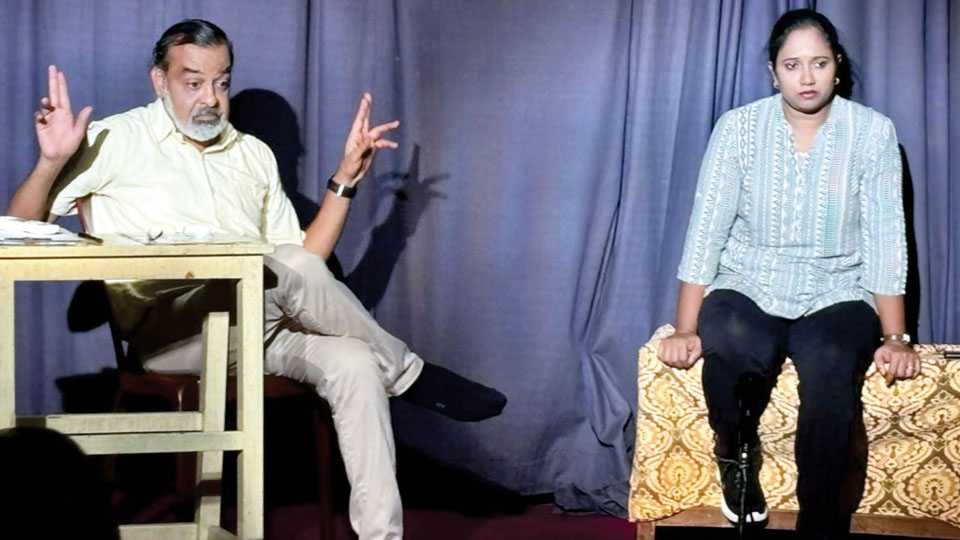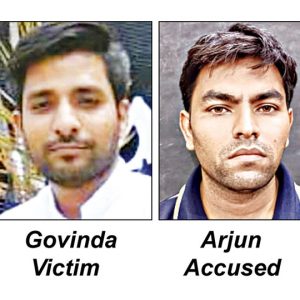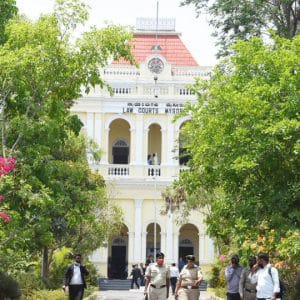Annie Zaidi’s award winning play ‘Stifled (Untitled-1)’ is a bold and timely choice. Staged by Kalasuruchi on Aug. 17, in the month of our Independence Day, it lays bare the many dimensions of liberty — especially in relation to self-expression and creative freedom. It is reminiscent of George Orwell’s ‘1984’ published in 1949 — then futuristic.
According to Zaidi, the world she weaves in the play is “no longer a dystopian future, but the reality.” As the drama unfolds, layer by layer, the plot reveals the insidious manner in which the net of surveillance and control tighten. Three characters take centre stage, The writer, Vishwas (Dr. M.C. Manohar) and his wife, Dina (B.L. Sarala) interact with each other and with Satyajit (Lt. Col. Satish), a communication investigator, constantly on the edge, navigating a slippery ground in which every interface is calibrated and analysed for acceptable levels of ‘compliance.’
In a gripping performance, the three main actors held their ground and took us into their internal world. Lt. Col. Satish embodied his character with consummate ease.
The play gave us a taste of how historic narratives are shaped, as the African saying goes ‘Until the lions have their own historians, the history of the hunt will always glorify the hunter.’ It also, with sardonic wit, described the different shapes and forms repercussions take to counter dissent — and how subservience can be bought. Cajoled or coerced.

While the play appears to veer towards despair and a sense of hopelessness, when Satyajit says to Vishwas, who is incarcerated “Untitled-1 is still in circulation you know. I confiscated another 500 copies. You couldn’t have printed it, so there are more copiers around,” hope is rekindled as flickers of resistance did find a way to remain lit, in the darkest of times.
This directorial debut by Nima Manjrekar demonstrated her deep grasp of the intricacies of this multi-textured play. The production harmoniously blended the use of audio tracks and music (Ramanuja), stage design (Narasimha Kumar) and lights (Ramesh Babu). Spatial use was innovative.
For instance, the positioning of the Judge (Pradeep Kumar), appearing only as a voice, projected from behind the audience gave the impression of placing each of us in the audience in the privileged seat of passing judgements, individually or collectively. In this play that voice of judgement emanated from a systemic power source which was yet again another means of control.
As Suruchi Auditorium is an intimate theatre experience, some of the minor cue lapses of the actors did disrupt the flow occasionally. Also, sections of Vishwas’ writings being read out required dramatic articulation. These readings could be further edited down and made taut in the interest of holding audiences’ unwavering attention.
In all, this is a play that should be seen widely, especially by youth, preferably followed by incisive discussions as there is a lot to unpack, both in its words and its silences. As Maya Angelou wrote ‘a caged bird sings of freedom,’ this play, with grit, celebrates that music.
—Kavita Ratna








Recent Comments